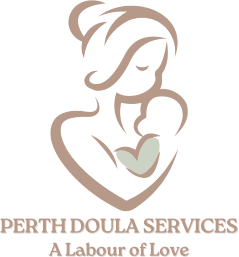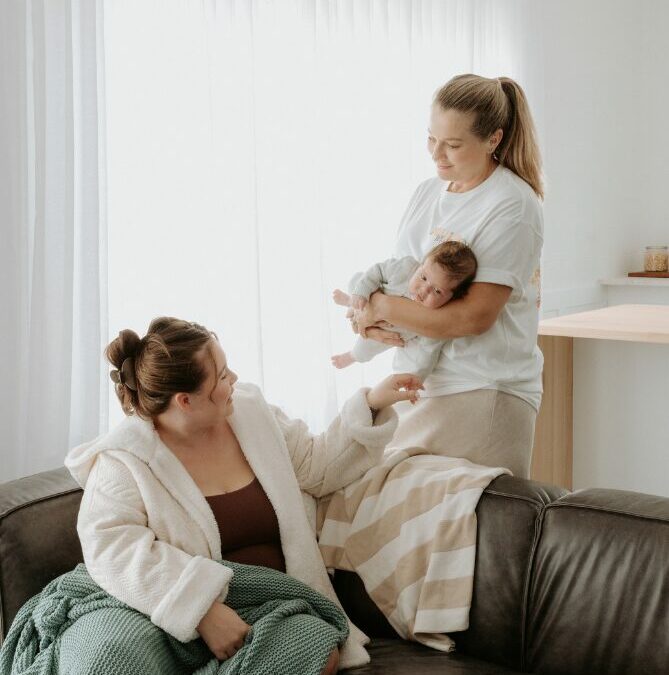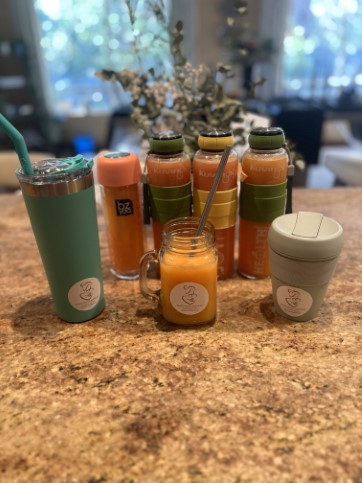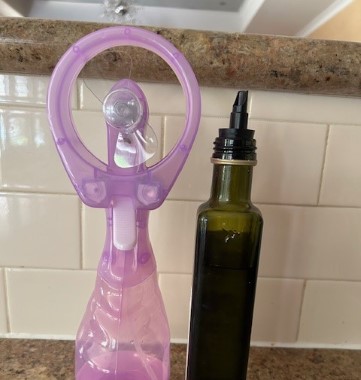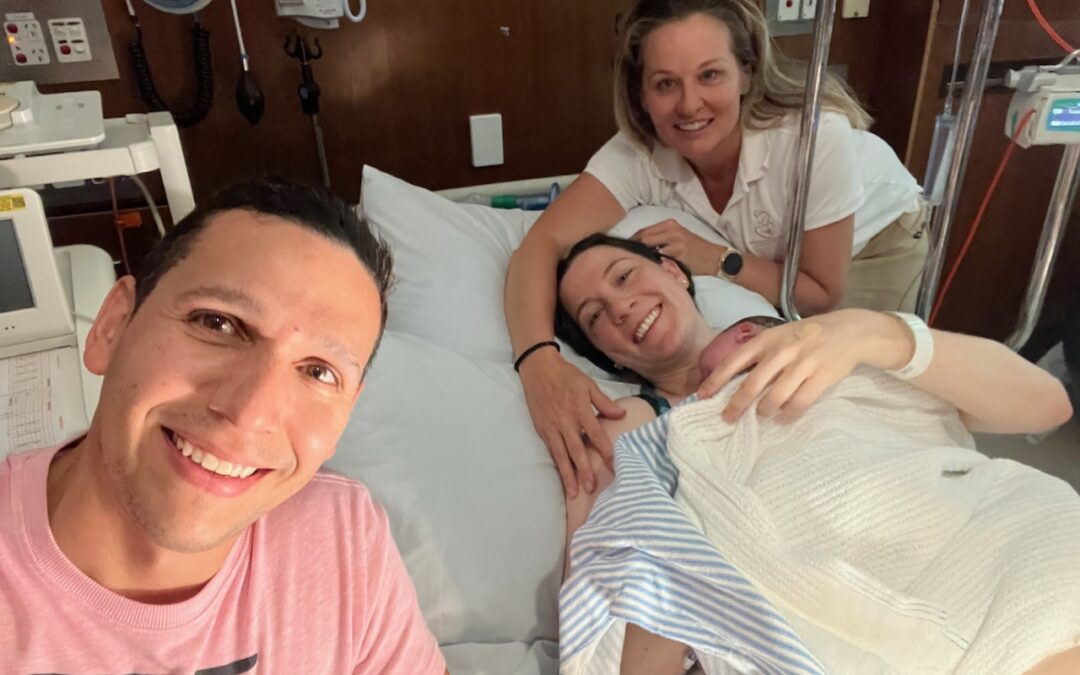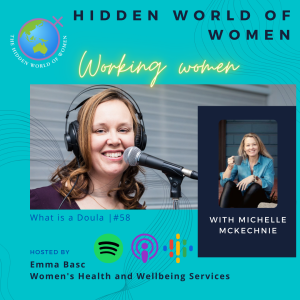Rachel Reed – The history and how birth started.
“Herstory,” a term used to refer to the history of women and their experiences, is an essential aspect of preserving valuable birth knowledge, human culture, and tradition since ancient times. Rachel emphasises the importance of recognising and valuing the contributions of women in society and the insights they bring, particularly in the context of childbirth and women-centred care.
In modern times, the medicalisation of childbirth and advancements in technology have significantly changed the landscape of birthing practices. While medical interventions can be life-saving and necessary in certain situations, they have also led to a disconnection and a gross unappreciation for the value of physiological birth. This has resulted in a conflict of practices between healthcare professionals who may prioritise different aspects of childbirth. Some, even to say most healthcare professionals view is on only one form of birth – the system and its intervention. Sadly, is all they know.
Understanding the key elements and stages of uninterrupted physiological labour is crucial to show a genuine essence of childbirth, where a mother’s instinctual behaviour plays THE central role. By recognising and supporting these natural processes, healthcare providers, doulas, and birthing mothers can re-educate themselves, or educate others and promote a more holistic approach to childbirth – this is why EVERYONE needs to attend the Back to Basics Birthing classes, update their evidence-based research knowledge and attend numerous home births to get their internal authority switch turned on – the ideal training platform. Sadly, though its just not that easy.
Interventions like unnecessary episiotomies and the use of tools to measure angles during the second stage of labour can disrupt the natural hormonal changes that occur during childbirth. Such interventions may not always be evidence-based (in-fact most are), and they can have a cascading effect on the birthing process, leading to additional interventions and complications. I love the pebble in the still pond analogy for this.
Systematic procedures and hospital protocols that focus on rigidly defining the stages of labour and cervical dilation can sometimes lead obstetricians and healthcare providers astray from supporting the individual needs of each birthing mother. The amount of paperwork required to be “ticked off” has simply taken away the ability for midwives to be “with woman”, observe and learn stages via natural birthing behaviours resulting in a less personalised and more medicalised approach to childbirth. These birthing mothers, believe then this to be “natural”, and that’s where this cascading effect of cultural imprint only fuels the fire.
There are positive outcomes for both the mother and the baby when the body was allowed to follow its natural course during labour. By avoiding unnecessary medical interventions and allowing physiological labour to unfold, the risk of certain complications may be reduced, and the overall birthing experience may be more favourable for both the mother and the baby.
In summary, my girl crush on Rachel Reed has stemmed from following her work, because until diving deeper into the world of childbirth, I too believed that what I experienced in my births was “normal”. Over time, the “system” has mastered the power and ability to cheat many women of their birthing rights. Rachel’s recordings hopefully interrupted the birthing imprint on many who attended, helping them to understand the wisdom and knowledge passed down through generations, as well as recognising the historical contributions of women. I feel her work, along with others can help reframe the understanding of the core values behind women-centred care, simply by emphasising the importance of physiological labour and reducing unnecessary medical interventions. Taking away the fear placed in women and equipping them to find their bad ass internal authority can lead to more positive outcomes and a more holistic approach to childbirth in modern healthcare settings.
Thanks for reading!
Michelle McKechnie
Doula
